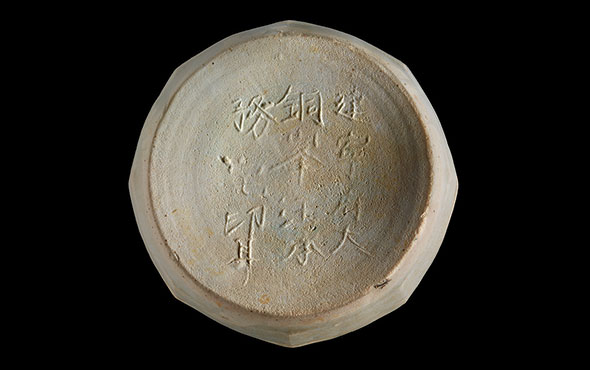
GLASGOW, SCOTLAND—According to a Cosmos report, a team of scientists led by Effie Photos-Jones of the University of Glasgow subjected samples of mineral powder made up mostly of iron oxide to X-ray diffraction, geochemical analysis, dynamic light scattering, DNA sequencing, and antimicrobial tests to better understand why it was used in antiquity as a pigment and a cosmetic, as well as in ship maintenance, agriculture, and medicine. Texts dating back to the third century B.C. have noted that the substance, known as miltos, was mined from specific areas on the Greek islands of Kea and Lemnos, and at Cappadocia in Turkey. Photos-Jones and her colleagues found that modern samples from the different mines each contained a specific mix of chemicals and microorganisms that made them suitable for different uses. For example, some of the samples from Kea had high levels of lead that would have been effective at preventing the growth of slime and other organisms on boat hulls. Red dust from other mines could have made effective fertilizers, and may have been used to treat tree diseases. To read about the use of scientific techniques to investigate pigments used by Egyptians, go to “Hidden Blues.”










